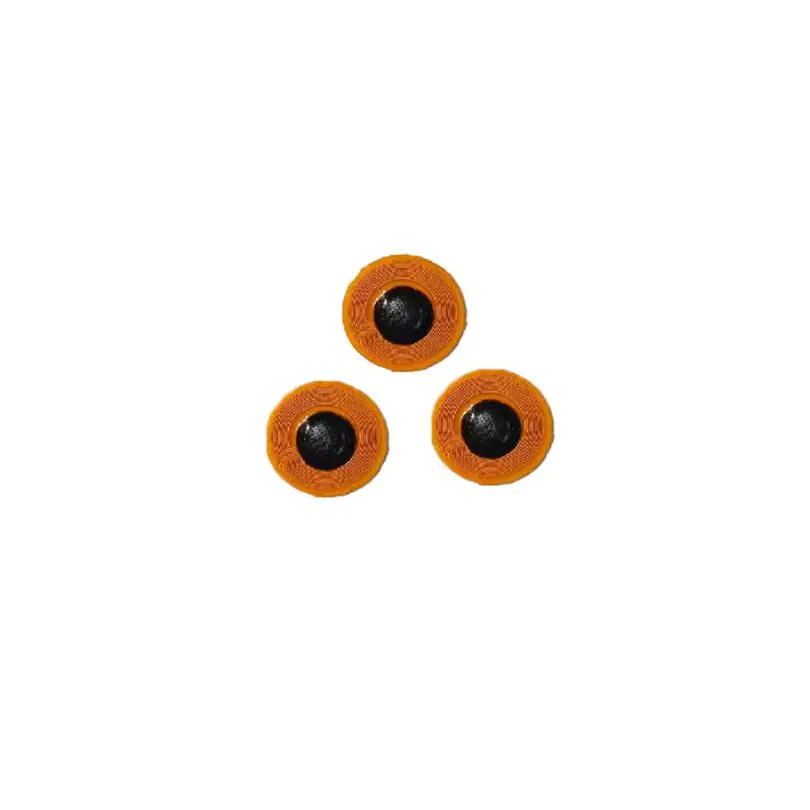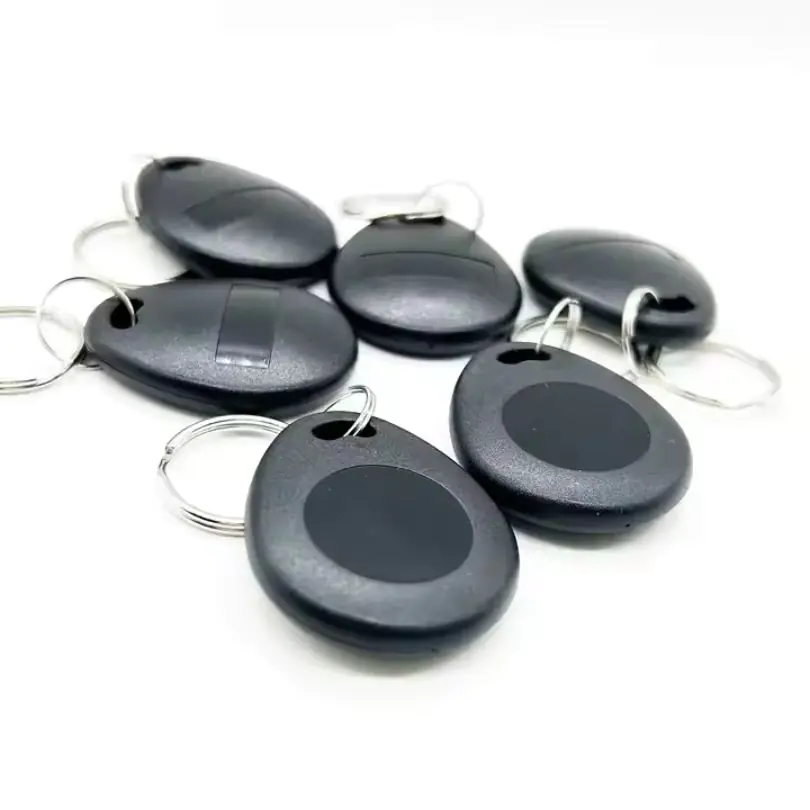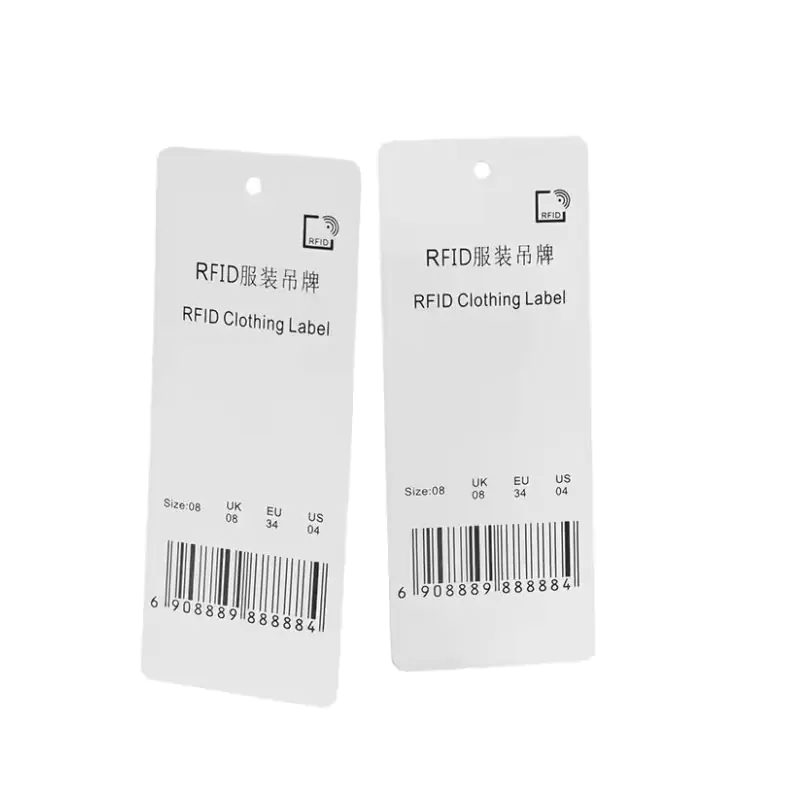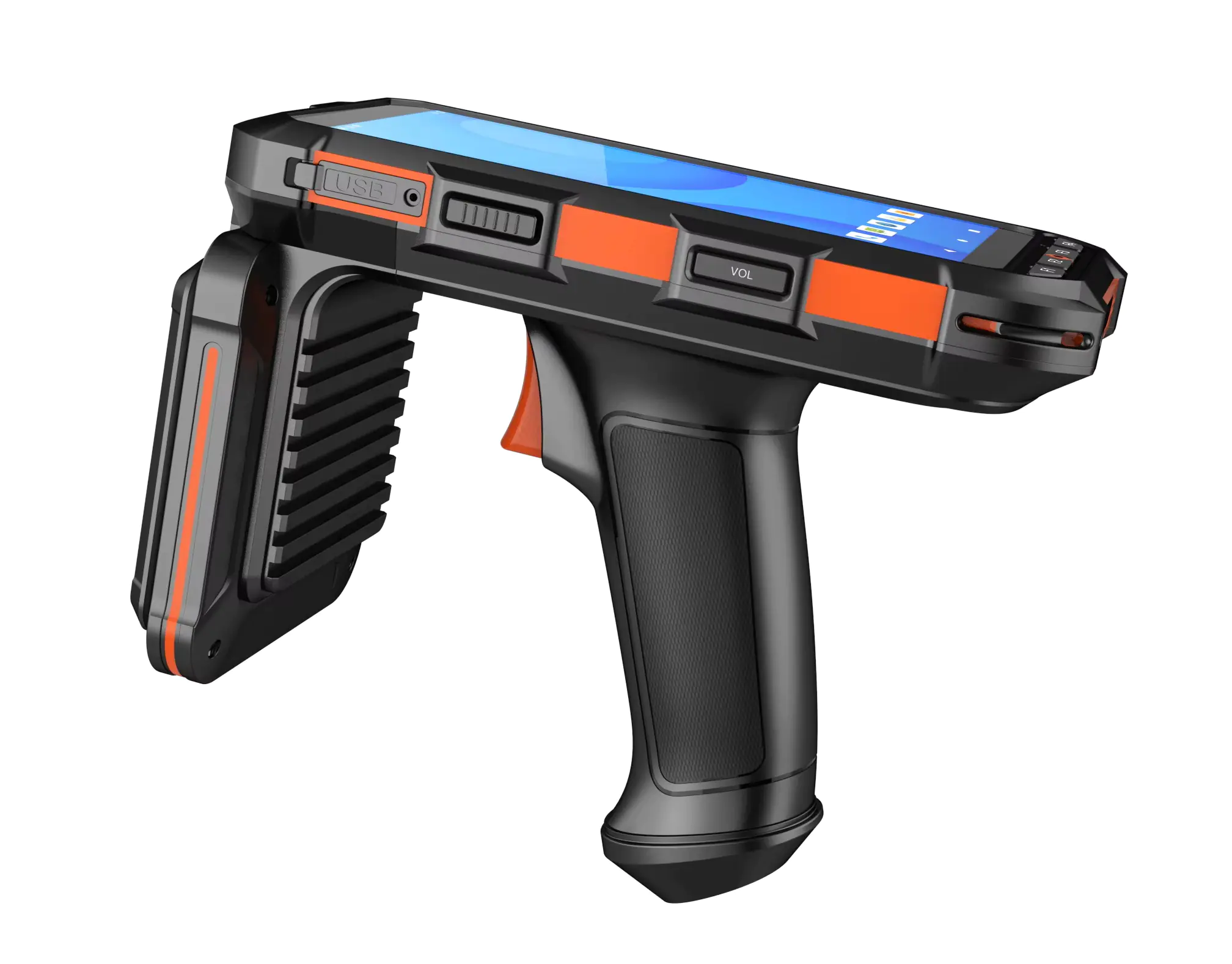
Perbezaan Penting Antara Tag RFID dan Kad RFID: Membuka Kunci Kuasa Pengenalpastian Frekuensi Radio
Jadual Kandungan
Understand the Key Differences, Use Cases, and Selection Guide for RFID Solutions
But when it comes to choosing the right RFID format, many buyers ask: “Should I use tag RFID atau kad RFID?”
While both serve the purpose of wireless identification and tracking, they differ significantly in form factor, durability, functionality, and applications.
In this guide, we break down the differences between RFID tags and RFID cards, provide real-world use cases, and help you choose the right solution for your business needs.
Apakah Tag RFID?
RFID tags are versatile transponders used to identify and track physical objects wirelessly. They can come in many shapes and sizes, including:
- Label pelekat
- Anti-metal hard tags
- Coin/disc-shaped tags
- Screw-mount or embedded tags
RFID tags are typically attached to:
- Barang inventori
- Alat dan peralatan
- Containers or pallets
- Furniture, clothing, vehicles, or even trees
They operate at various frequencies—LF (125kHz), HF (13.56MHz), or UHF (860-960MHz)—depending on the range and data requirements.
RFID tags are ideal for industrial use, supply chains, and asset management.

What Is an RFID Card?
RFID cards are typically PVC-based cards in the CR80 size (standard credit card format). They house an RFID chip and antenna inside the card’s laminated layers.
Typical Uses of RFID Cards:
- Building and room access control
- Time and attendance systems
- Event ticketing and guest identification
- Hotel key cards
- Pembayaran tanpa sentuh
These cards are easy to carry in wallets or lanyards and are best for user identity, authentication, and access control.

Key Differences: RFID Tags vs RFID Cards
| Ciri | Tag RFID | Kad RFID |
| Faktor Bentuk | Discs, keyfobs, buttons, nails, on-metal, wristbands | CR80 card (credit card size) |
| Penggunaan Utama | Asset tracking, logistics, equipment, livestock | Access control, ID, hospitality, ticketing |
| Melekap | Fixed via screws, glue, embedment, adhesive | Carried in wallets, badges, holders |
| Ketahanan | Rugged, waterproof, high-temperature options | Light to moderate durability |
| Environmental Suitability | Outdoor/harsh environments | Best for indoor or user-facing use |
| Penyesuaian | UID, laser engraving, serial numbers, chip options | Full-color printing, logos, QR, barcodes |
| kos | Varies based on materials and chip type | Lower cost for standard cards |
How to Choose: RFID Tag vs RFID Card?
Choosing between an RFID tag and card depends on your application, environment, and desired user interaction.
Ask yourself:
- Is the item stationary or moving through a process?
Go for RFID tags for asset tracking, pallets, equipment
Choose RFID cards for personal identification or door access - Is durability or ruggedness required?
RFID tags are ideal for outdoor, high-impact, or waterproof needs
RFID cards are better for everyday use in secure indoor environments - Is branding or presentation important?
RFID cards offer a larger surface for custom design and printing
Some tags (e.g., wristbands, keyfobs) also offer branding space - Do you need on-metal compatibility?
Use specialized on-metal RFID tags to prevent read issues
RFID cards are not designed for metallic surfaces
Real-World Use Case Scenarios
RFID Tag Use Cases
- A manufacturing plant uses rugged ABS on-metal RFID tags to track machine parts through various stations.
- A livestock farm uses UHF RFID ear tags to track cattle health, location, and vaccinations.
- A warehouse applies RFID adhesive labels on pallets to scan goods automatically at dock doors.
RFID Card Use Cases
- A hotel provides guests with MIFARE-based RFID room key cards, enabling secure room access.
- An office issues RFID employee cards for secure building entry and attendance logging.
- A conference uses printed RFID NFC cards as smart tickets for attendee access and session tracking.

Frequently Asked Questions (FAQs)
What is the main difference between RFID tags and RFID cards?
RFID tags come in many physical forms (disc, keyfob, on-metal, etc.) and are often used for tracking objects or assets. RFID cards are flat, wallet-sized cards primarily used for human identification or access control.
Which is more durable?
RFID tags — especially industrial-grade tags — are designed to withstand harsh environments, including heat, moisture, and impact. RFID cards are best for controlled environments like offices or events.
Are RFID cards rewritable?
Yes, many RFID cards are rewritable, depending on the chip type (e.g., MIFARE Classic, NTAG213). You can encode and re-encode user data unless the chip is locked.
Can I use RFID tags and cards in the same system?
Yes. Many RFID systems support multiple form factors, so you can use tags for inventory and cards for personnel access — all tracked through a unified platform.
How do I know which frequency to choose?
It depends on your application:
- 125 KHz (LF) – Good for access control, short-range scanning
- 13.56 MHz (HF/NFC) – Popular for cards, NFC, and medium-range applications
- 860–960 MHz (UHF) – Ideal for long-range asset tracking and logistics
Need Help Choosing the Right RFID Solution?
We’ve got you covered whether you need RFID for secure access, inventory tracking, or supply chain automation.
📩 Request a Free Quote or Sample Now
📱 Chat with us on WhatsApp: +86 138 2318 6864
We offer:
- Custom shape and chip options
- Harga pukal
- OEM branding and pre-encoding
- UHF, HF, and NFC compatibility
Komen
Produk Panas
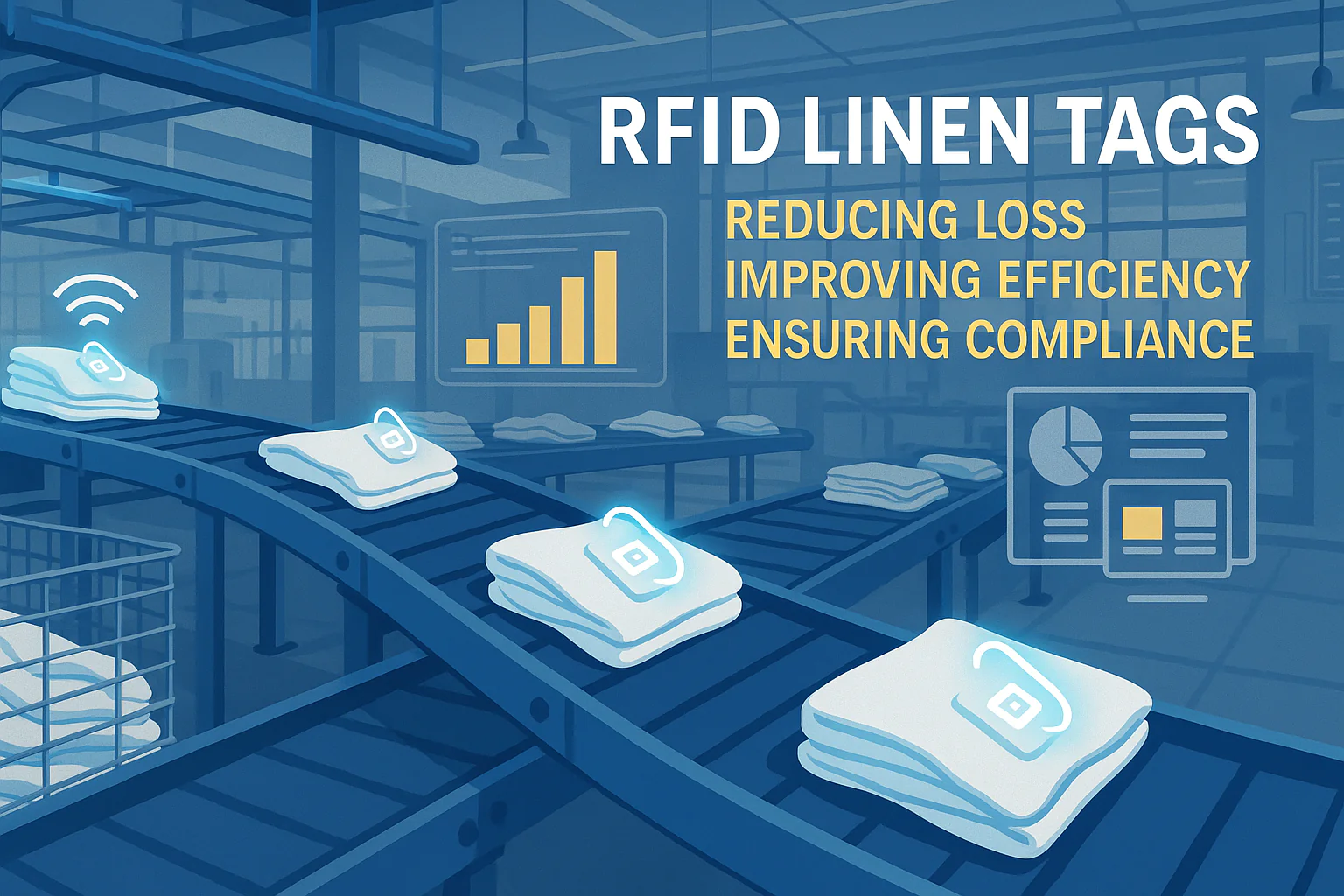
The Benefits of RFID Linen Tags in Commercial Laundry
Managing laundry in hospitals, hotels, or large laundry services is a big job. Each day, thousands of sheets, towels, and uniforms are washed, sorted, and sent back out. But problems like lost linens, sorting mistakes, and manual counting can cost companies a lot of money. For example, mid-sized hotels can lose over $200,000 each year from missing linens.
That’s where RFID Linen Tags come in.

RFID Laundry Tag Guide 2025: Smarter Tracking, Less Waste, and Real Results
Did you know that smart RFID systems can reduce laundry losses by up to 95%? That’s a game-changer for laundry businesses that lose time and money tracking items manually.
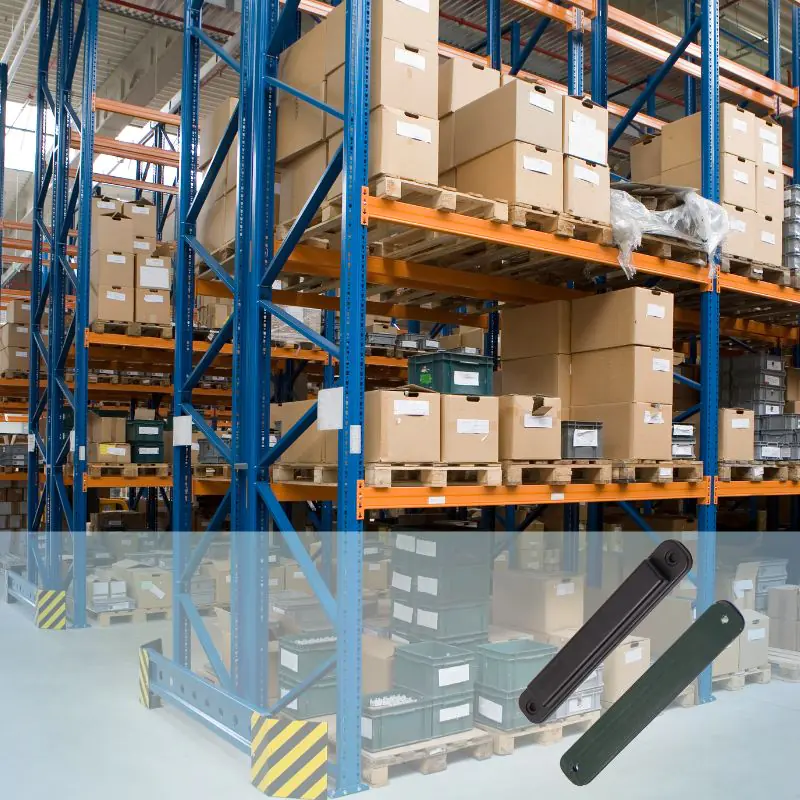
How RFID Tags for Pallet Streamline Tracking in Warehouses
Pallet-level tracking is critical for inventory accuracy, operational efficiency, and real-time visibility in today’s fast-paced logistics and supply chain environments.
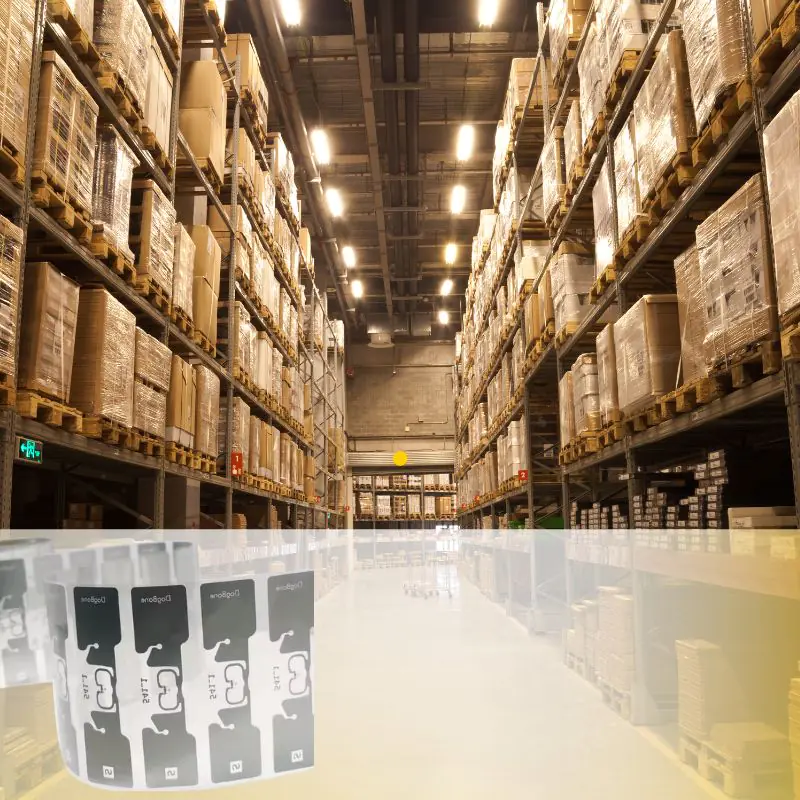
Top 5 Types RFID Tag for Warehouse Automation
Warehouse operations are becoming more complex, and manual tracking methods can’t keep up. RFID tags for warehouse automation enable real-time data capture, faster inventory processing, and better traceability.

RFID Smart License Plates Help Hengshui to Track The E-Bikes
As urbanization accelerates and the green travel movement gains momentum, electric bicycles have become vital to daily commuting in Hengshui, Henan Province.
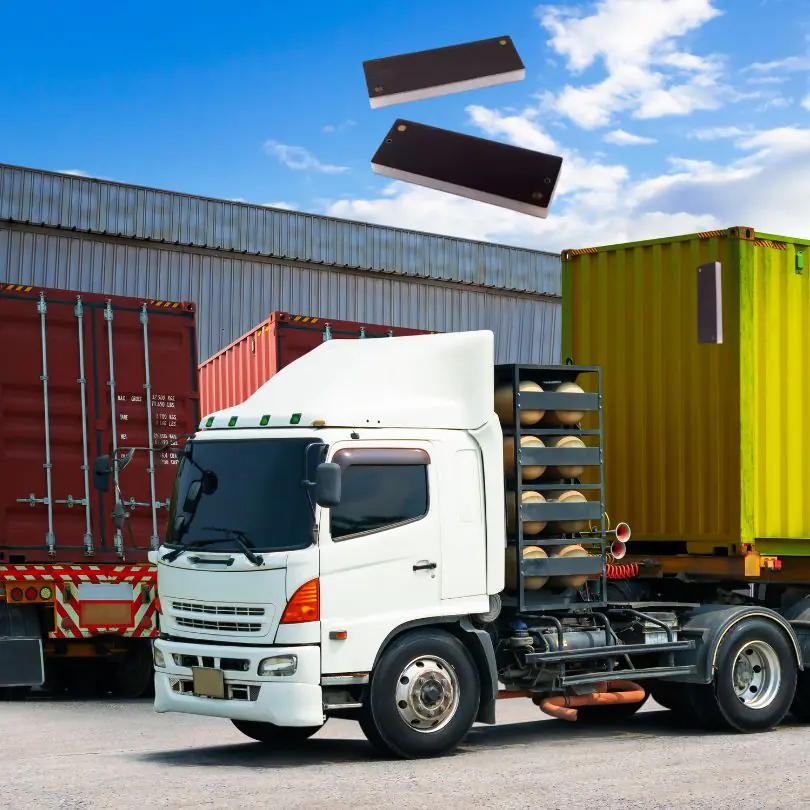
Apakah itu Teg PCB
Ketahui cara penyelesaian teg dan RFID yang inovatif mengubah industri daripada runcit dan logistik kepada penjagaan kesihatan dan pendidikan.
Tag
BLOG BERKAITAN

The Benefits of RFID Linen Tags in Commercial Laundry
Managing laundry in hospitals, hotels, or large laundry services is a big job. Each day, thousands of sheets, towels, and uniforms are washed, sorted, and sent back out. But problems like lost linens, sorting mistakes, and manual counting can cost companies a lot of money. For example, mid-sized hotels can lose over $200,000 each year from missing linens.
That’s where RFID Linen Tags come in.

RFID Laundry Tag Guide 2025: Smarter Tracking, Less Waste, and Real Results
Did you know that smart RFID systems can reduce laundry losses by up to 95%? That’s a game-changer for laundry businesses that lose time and money tracking items manually.

How RFID Tags for Pallet Streamline Tracking in Warehouses
Pallet-level tracking is critical for inventory accuracy, operational efficiency, and real-time visibility in today’s fast-paced logistics and supply chain environments.

